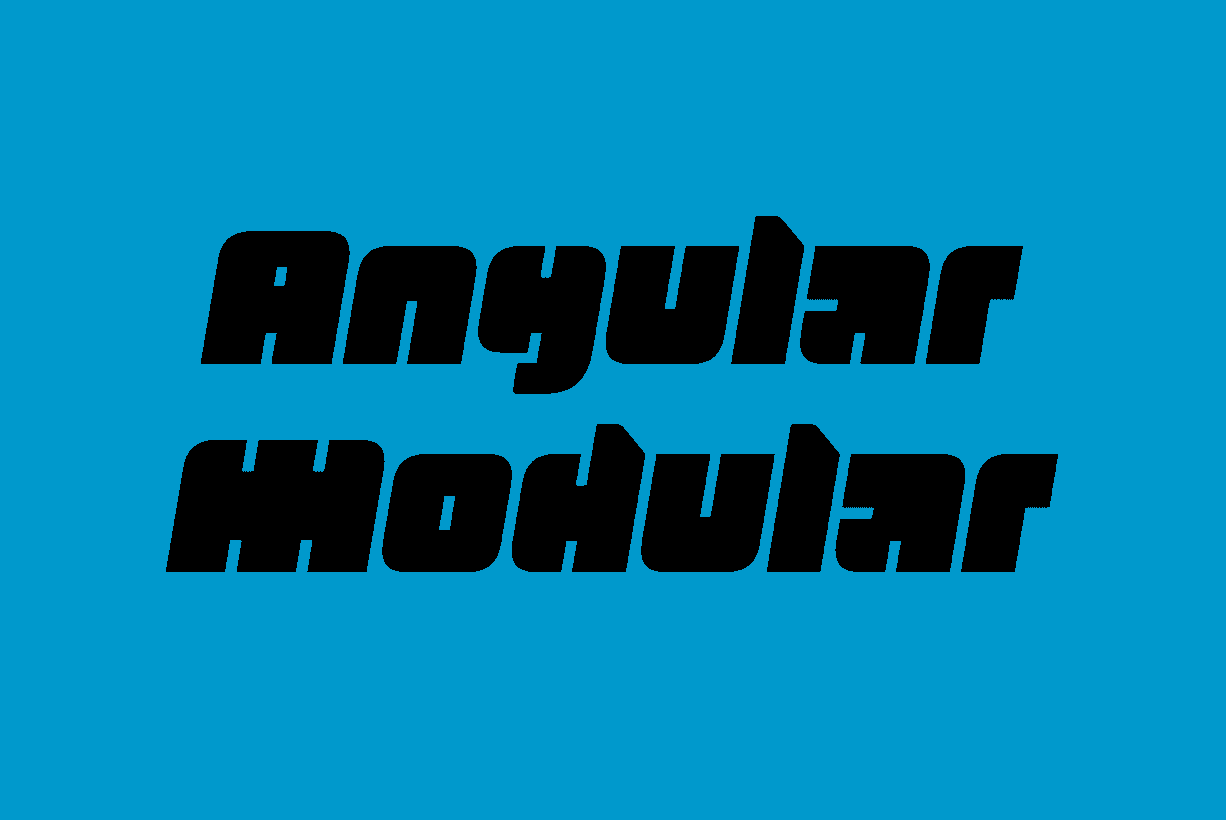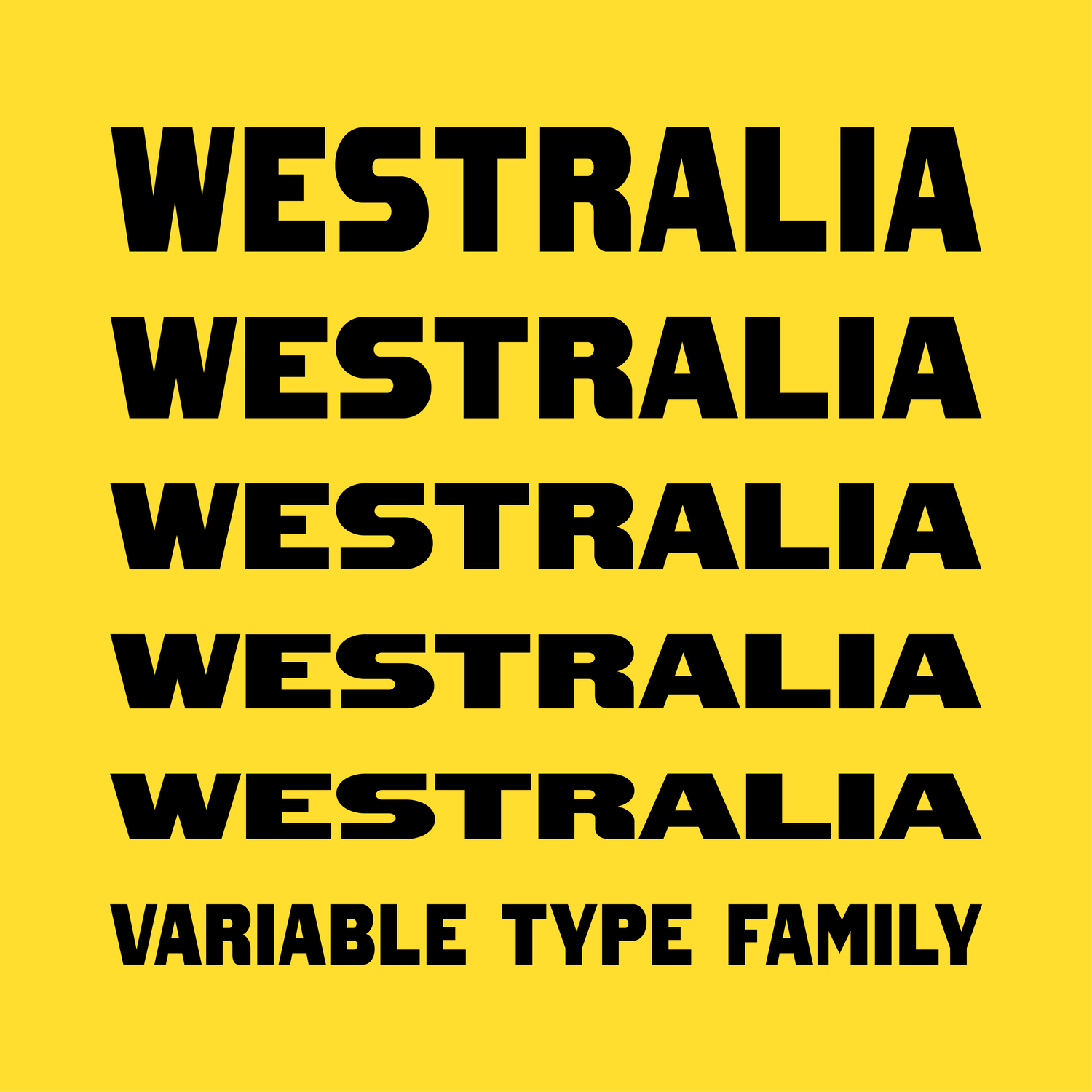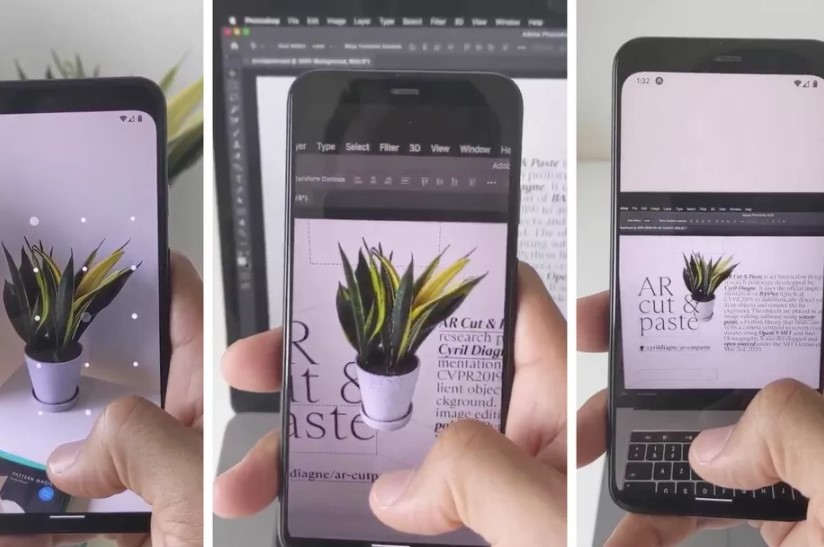2020 is going down in the history books. It’s been a weird one. I keep thinking about how just the idea of living in the year 2020 seems so futuristic. I mean, weren’t we supposed to be traveling around space or something at this point? Obviously 2020 has been a bit different than most ever expected it to be, but I want to drill down some things that could change design and how we view the world around us – a vision into the future of design.
Visions of Variable Fonts
Typography hasn’t had many major advances in its lifetime. Going from the physical world of typewriters, letter-pressing and alike to the digital world of computers was one of them, allowing for what seemed to be unlimited possibilities creatively for type. Our collections have filled up to the point that even font management software can’t even keep up, though it seems clear that there has to be a better solution.
Then comes variable fonts. Now, I’m not sure what Max Miedinger, the creator of Neue Haas Grotesk, or most people who know of Helvetica would think of the idea of variable fonts allowing the designer to change almost every aspect of how a typeface looks on a sliding scale, but my guess is he’d say something like – it’s blasphemous. But he also designed a typeface for the parameters of the world he lived in at the time. While the design itself has been timeless, the application of how type is used has shifted.
This is all assuming most designers have some knowledge of what a variable font is, but if not, I would suggest checking out this article from variable-fonts.com that goes into much more depth of how a variable font is created and how it functions. The TLDR version, though, is you can essentially change everything from the width, weight, height, spacing, outline and even the drop shadow of a font. All of it is based on the simple idea of a font axis, which allows you to shape a font to whatever you see fit on a sliding scale, so the possibilities are almost limitless. This is all done in just ONE simple and small-sized font file. Perfect for today’s world where if a webpage doesn’t pull up in just 2 seconds, you’re considered slow. Not only that, but then SEO starts to become negatively impacted. A lot of developing countries out there still don’t have great internet like most of us are used to, and not only that, but variable fonts can adjust to the visually impaired better as well. Maybe it’s just the type nerd in me, but this is some wild shit, and we haven’t even gotten to the creative uses of it yet.

It’s still a fairly new thing, but it’s gotten a lot of traction as of late. Adobe has started supporting variable fonts. We can now fine-tune a typeface to exactly the weight we want or create a specific slant to the italics. We can create just the right display style font and not worry about who else might be using that same font. All of this with just one font.
It’s still a fairly new thing, but it’s gotten a lot of traction as of late. Adobe has started supporting variable fonts. We can now fine-tune a typeface to exactly the weight we want or create a specific slant to the italics. We can create just the right display style font and not worry about who else might be using that same font. All this with just one font.

Visions of Augmented Reality
Aside from being psyched about the emergence of variable fonts, I’m also incredibly intrigued by the notion of augmented reality, especially when it comes to its design possibilities. It seemed like more of a gimmick a few years ago when it started to come around. It was hard to understand the difference between virtual reality or augmented reality and how they might invade our everyday life hopefully in a useful way. Now, a few years later, all the technology has evolved into fitting on the back of your phone, and there seems to be some practical uses for it as well as creative ones. However, this is still very much in its infancy of what I think it’ll probably evolve into. If I had to guess, I believe augmented reality is going to be something we interact with daily just like we use our phones today. It might even replace the phone to become part of your glasses.
In fact, from what I understand Apple is currently working on a product that is just that and will essentially give you augmented reality tools directly in the lens as you look through. I feel like this has been in a ton of movies, and you see it a lot and sci-fi, but it’s just one of those things that is probably going to be real pretty soon. Below is a video that goes into more detail of how this product could interact with us and how we see the world around us. This is some future shit.
We all know about the Snapchat and Instagram filters and all these other apps that apply augmented reality to affect our surroundings. You can put a piece of furniture in your home before you buy it, you can see how a pair of glasses look on you before you order them, or you can find a little pocket monster (the original name for Pokemon — lol) roaming around an empty field or maybe a busy street.
However, I stumbled onto this app that is probably one of the most useful AR tools that we currently could use as designers. It’s just a copy and paste feature except it allows you to copy real-world objects and then place them into your design. It’s like a 3-D scanner, which if you love to play with scanners and copy machines like I do, this is a pretty awesome idea. It’s still in development, but you can request access to be one of the first to try it out. Check out their website here… https://arcopypaste.app/

All of these ideas and technology are fascinating and intriguing to think about the things we will be designing for in the future. I don’t wanna leave out the creative aspect of this, which is probably the coolest. Check out this killer thesis project by Serafim Mendes & Mecha Studio. The exhibition showcases some of the unique creative ways in which AR can find its way into actual art. It creates a truly interactive experience that at first glance are just poster designs.
2020 may be a year to forget, but we are getting a vision of the future and design. Hopefully, these new technologies can expand our creative toolbox. Very excited to see what creatives do with them and the ideas that come from them.

